From the Whitbread to The Ocean Race - The incredible technological laboratory and its 'French Heritage'
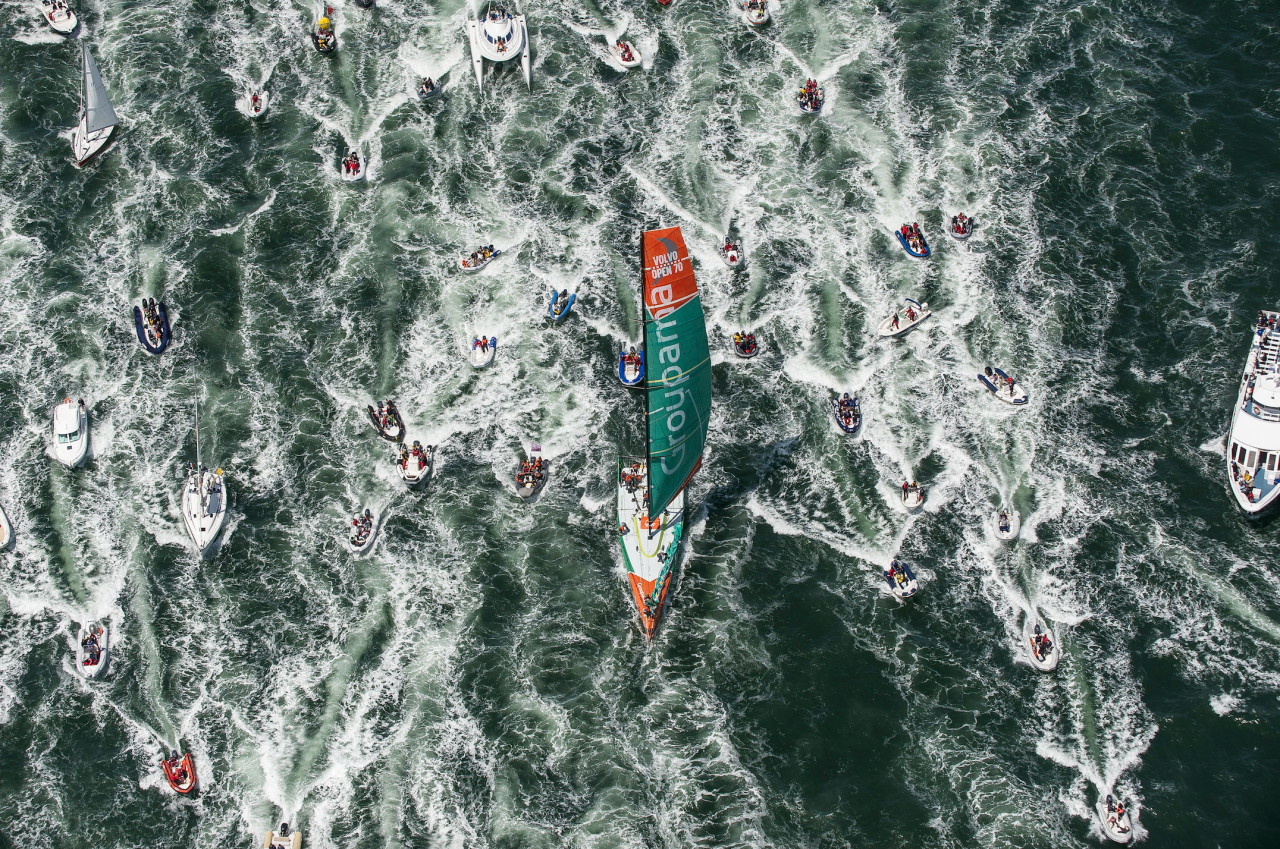
In part two of this series devoted to the history of the French in the round-the-world crewed race, IMOCA and The Ocean Race revisit the technological evolution that has coloured a race, which witnessed the first French victory in 1985-86 and the burgeoning career of a certain Franck Cammas.
When Mexican Ramon Carlin snatched glory in 1974 on the Swan 65 Sayula II, others were keen to emulate his performance. Cornelis ‘Conny’ Van Rietschoten, a Dutch industrialist, began construction of a 20-metre Sparkman & Stephens ketch, a near sistership to Sayula, albeit made of aluminium, with a longer waterline and carrying more sail area. Named Flyer, the ketch secured victory in the second Whitbread Round the World Race (1977-78) in 119 days.
By then the race had grabbed the attention of young naval architects, like New Zealanders Ron Holland and Bruce Farr, Frenchmen Philippe Briand, Gilles Vaton, Michel Joubert and Bernard Nivelt, as well as the Argentinian German Frers. The Whitbread was not just a fantastic technological laboratory, but also a wonderful showcase for the major yards responsible for production cruising yachts like Nautor Swan, Bowman and Camper & Nicholson. Some of the more notable innovations tested in the rigours of the Whitbread race included fractional rigs, rigid vangs, honeycomb core bulkheads and twin steering wheels.
In 1981, Rietschoten decided to defend his title with a new boat, Flyer II, designed by German Frers. Somewhat larger (23.16 m), the sloop was an example of the latest trend, fitting out a Maxi IOR (International Offshore Rule) to secure a win on both elapsed and corrected time. His crew included Frenchman Daniel Wlochovski in charge of navigation, as well as a 20-year-old New Zealander, Grant Dalton, who designed the sails.
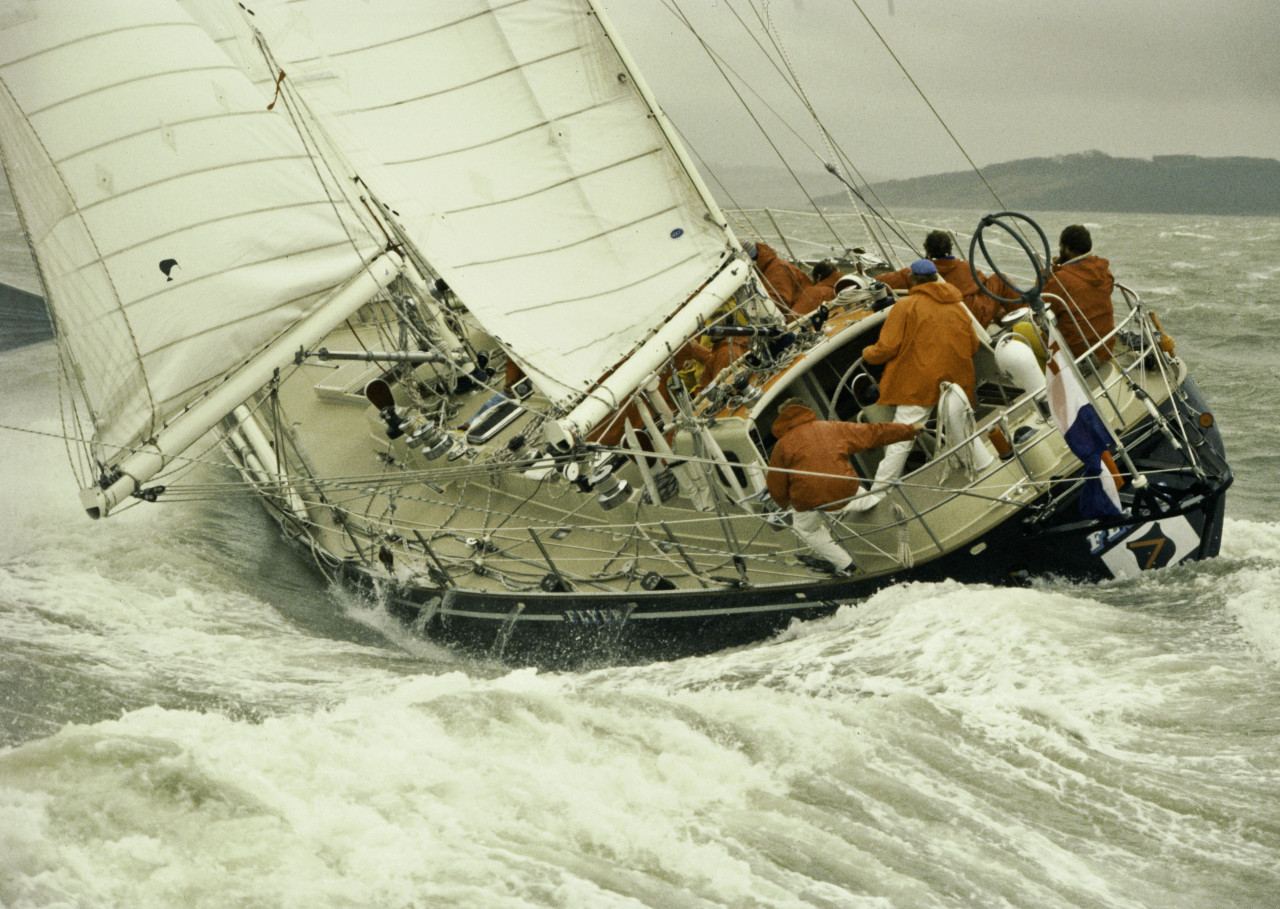 © www.pplmedia.com
© www.pplmedia.com
Heart attack in the Southern Ocean
The race was not without incident however. In the South Pacific, Rietschoten came close to tragedy after suffering a heart attack. The skipper forbade his crew from divulging this news and prevented the onboard doctor from contacting a colleague – who happened to be close by aboard rival boat Ceramco New Zealand, skippered by Peter Blake. “The Kiwis were hot on our heels”, Rietschoten explained on his arrival dockside. “Had they known that I had a health problem, they’d have pushed all the harder.” Miraculously, Rietschoten recovered and Flyer II took the race win, just ahead of Frenchman Alain Gabbay on Charles Heidsieck III and Kriter IX helmed by André Viant. ‘Conny’ is still the only skipper in history to have won two editions.
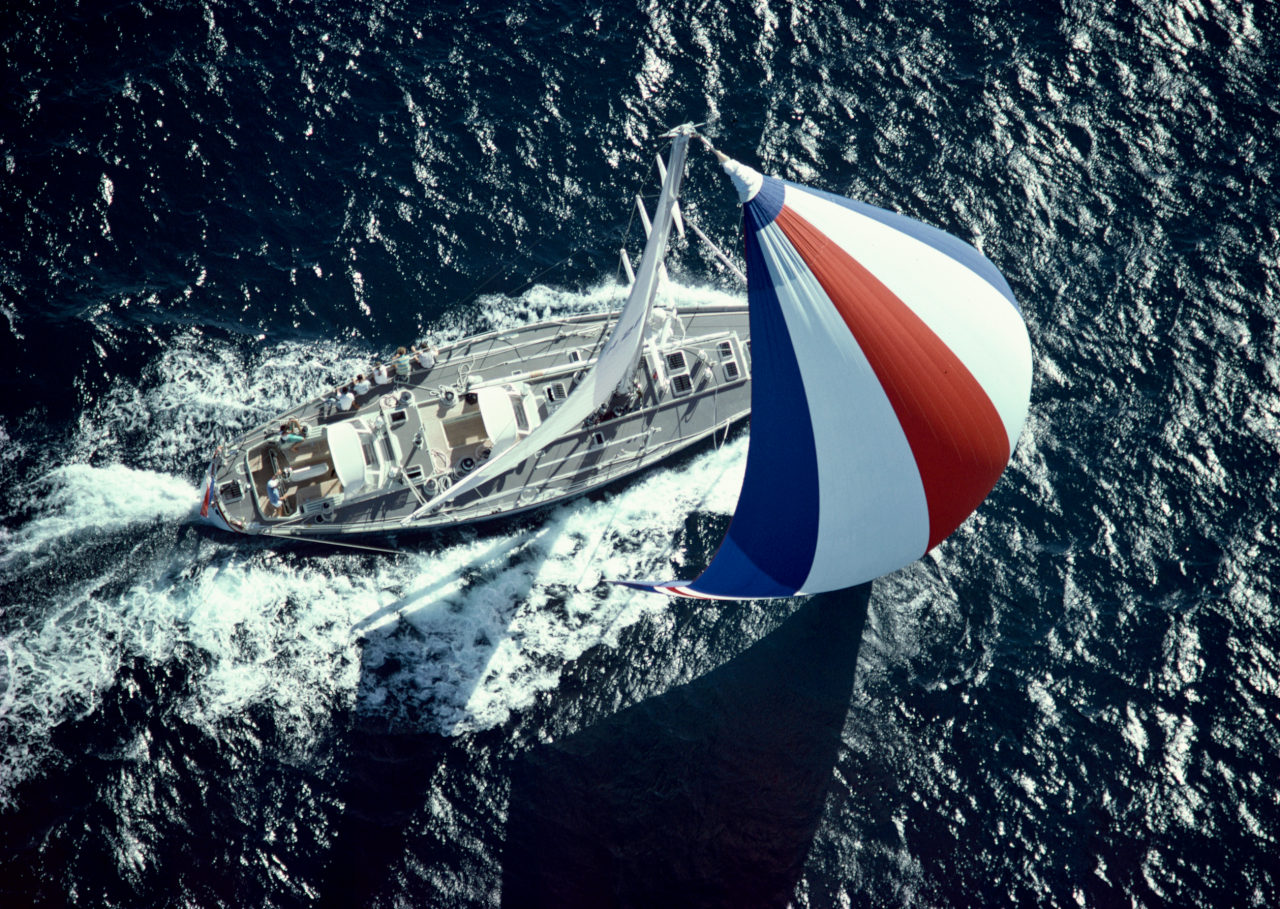
Brittany’s youth step up to the plate
Three Bretons, aged between 18 and 21, also had their hearts set on this legendary race. Teaming up with Gabriel Guilly, they built a ‘little’ prototype in a shed in Etel in Brittany’s Morbihan region. She measured under fifteen metres and was designed by the Joubert-Nivelt pairing. She went by the name Mor Bihan. The trio signed up some renowned sailors: Eugène Riguidel, Philippe Poupon, Jean-François Coste, Halvard Mabire and Jean-François Le Mennec… Nearly ten metres shorter than Flyer II, Mor Bihan bagged the win on corrected time in the third strenuous leg between Auckland and Mar del Plata. Eugène Riguidel, skipper for this victorious leg via the Horn, said aloud what many others were thinking: “A race that pits such different boats against one another is doomed. An event with a fixed rating per category would be much better…” He was proven right less than fifteen years later with the arrival of the VOR 60s.
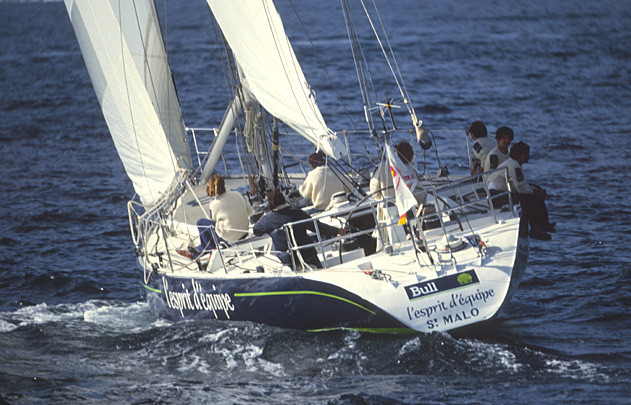
1986, Lionel Péan rather than Éric Tabarly
“The media and authorities hold a tremendous grudge against Bull – a nationalised French company specialising in professional computer systems – for favouring me over Éric Tabarly on his third participation”, recalled Lionel Péan. Tabarly was after a Maxi – he had Côte d’Or built – and Bull thought, compared to their ‘team spirit’ slogan, ‘L’Esprit d’Équipe’, the double OSTAR champion had an image with a heavy singlehanded bias.
Péan continues: “I realised that the Whitbread wasn’t won by the quickest boats, rather it favoured those who make good headway in relation to their handicap. When we bought 33 Export designed by Philippe Briand, we clipped her wings.”The latter pair knew each other very well and liked one another. In fact, Lionel went to the same secondary school as Philippe in La Rochelle. “We had to increase the buoyancy between the measurement points. We kept the same sail area and increased the surface area of the keel, which meant we were highly versatile on every point of sail. It’s worth noting that we still had Dacron sails back then. There was no carbon in the hulls. We also had halyards that were a mixture of wire and rope.”
This strong skipper sailed with a group of seven young sailors. He had a floating position aboard, as did the guy doing the cooking, rotating each day. “We sailed our outward and return leg of the Atlantic at an average of 7.8 knots, and the two legs from Cape Town-Auckland and Auckland-Punta del Este at 9.8 knots, on a boat measuring just 56 feet and dating back to 1981. Today, when you see the performances posted by IMOCAs, you get the sense that our boats were “Retromobiles”!
Everyone carried heavy packs of mineral water and tinned food galore, and we were the only ones to set sail with just an industrial watermaker. It was enough to produce our water and prepare the freeze-dried food. In IOR, the boats were measured empty so it was important to keep weight to a minimum.”
Seventy days without seeing the horizon
“It was the early days of SATNAV and, when it worked, we had a position about every four hours… In the Deep South, upon setting sail from Auckland, we spent 17 days in a complete pea-souper, so it was impossible to use the sextant.”
Before leaving New Zealand, Péan put an extra five spinnakers aboard, so he had eleven in all. After completing a circumnavigation of the globe outstandingly well, Lionel Péan and his crew became the first French sailors to win the Whitbread, completing the course in 111 days.
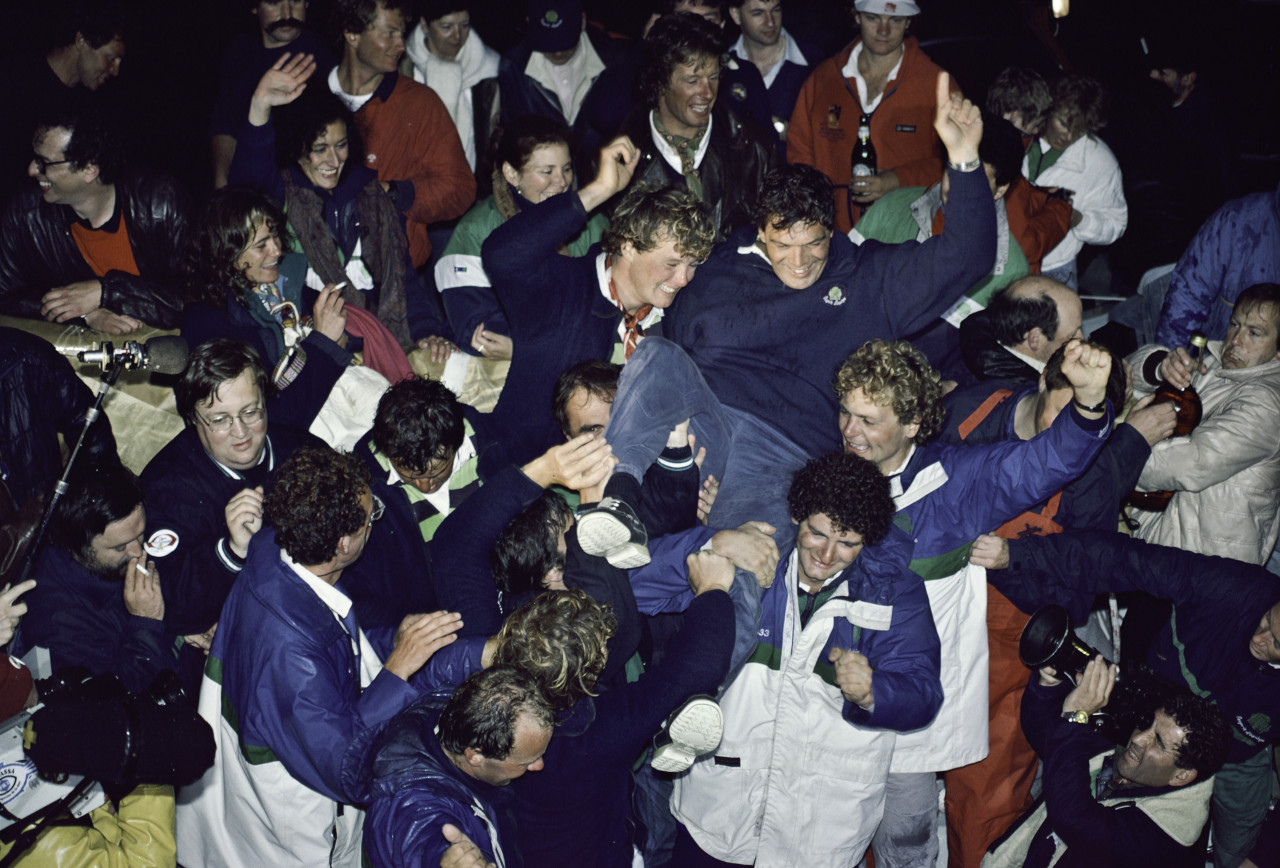 © www.pplmedia.com
© www.pplmedia.com
Cammas discovers sailing through Tabarly’s book about the Whitbread
Since its creation in 1973, the Whitbread has inspired a whole generation. Such is the case for one young schoolboy born a year before the first edition, who loved hanging around in a bookshop in Aix-en-Provence after lessons. He came across a book entitled “Le tour du monde de Pen Duick VI” (Pen Duick VI’s circumnavigation of the globe) by Éric Tabarly, which his father gifted to him. “I’d never gone sailing in my life and I didn’t understand much about it as there were a lot of technical terms. I re-read it three or four times over the summer whilst we spent our holidays in the Alps… with a dictionary to hand. I was so inspired by the book that I kept badgering my parents, who were more mountain than sea, to sign me up for a beginner’s course on an Optimist in Marseille.”
Not yet ten, this kid was called Franck Cammas. From his opening tacks on the water, he was smitten, and onlookers were impressed by the speed with which he learned how to sail. “Fairly quickly, I told myself that the most fantastic thing would be to compete in this race one day.”After his record-setting voyage in the Jules Verne Trophy and the Route du Rhum in 2010, the sailor from Aix-en-Provence was preparing to compete in the most prestigious of round-the-world races, the Volvo Ocean Race.
In preparation for the start, at the end of 2011, he acquired the winning boat from the previous edition, Ericsson. He formed an entourage of specialists in the event, including a number of Anglo-Saxons to get a better understanding of the subtleties of this unique challenge, putting together a crew combining specialists from the round the world race, the Solitaire du Figaro and close-contact racing. Cammas launched a new boat, Groupama 4 designed by his team and the Argentinian naval architect Juan Kouyoumdjian, who’d learned his craft with Philippe Briand.
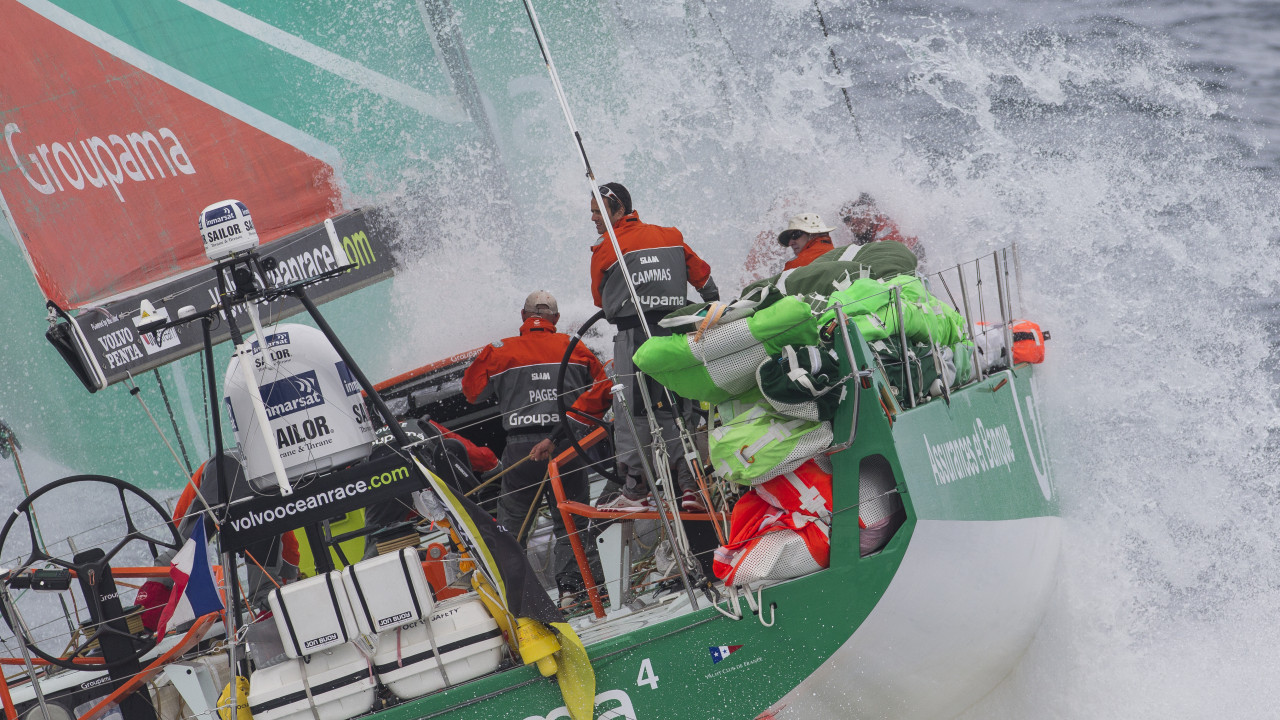
Those familiar with the crewed round the world race weren’t suspicious of this sailor. He may have already earned a lot of wins in solo format, but this time he was discovering a world he didn’t know. Indeed, during the first leg, he was still in learning mode. With the passing miles though, Groupama 4 evolved and the team upped their game before taking the lead and winning the eighth and penultimate leg between Lisbon and Lorient…
During the French stopover, whilst the overseas crews headed off for a round of golf or to have some fun, Cammas and his team further optimised their boat, to the extent that they cut away the companionway steps to save a few extra grams before the final sprint to Galway. The French team sailed an absolute blinder and Franck Cammas took victory in the Volvo Ocean Race in 2012, something which his idol Éric Tabarly was not able to do.
Aboard the boat was a certain Charles Caudrelier, helmsman-trimmer, who would go on to be promoted to the rank of skipper of Dongfeng Race Team, a French-Chinese campaign. He too secured a win two editions later (2017-18) at the head of an accomplished international crew.
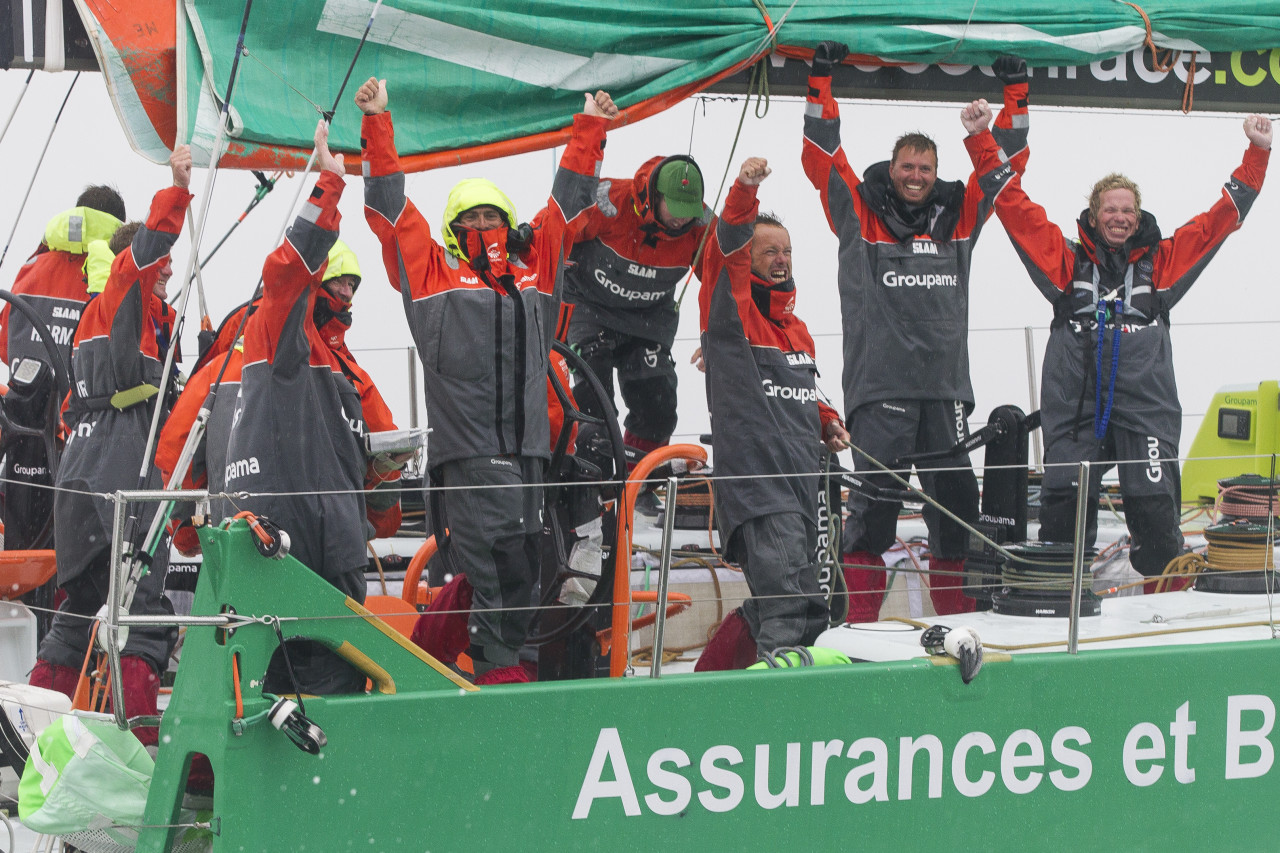
Teams info
After a stunning 2025 season Sam Goodchild is the IMOCA Globe Series Champion for the second time
After a long season at the top of the IMOCA fleet that featured three race wins, Great Britain’s Sam Goodchild is for the second time in three years the IMOCA Globe Series Champion.
•••Quel rôle peut jouer la course au large dans la transformation du transport international ? Avec Pie…
Pour ce 10ᵉ épisode de Transitions, enregistré au Havre lors du départ de la Transat Café L'Or, nous recevons Jeremy Pochman, PDG de 11th Hour Racing, et Pierre-Antoine Morvan, responsable du pôle course au large et supe…
•••